Structure of Sperm Cell
1,584 views
•
November 24, 2024
Sourav Pan
Transcript
Published on November 24, 2024
A sperm cell, also called a spermatozoon, is a male reproductive cell responsible for fertilizing the female egg during reproduction. It is a microscopic cell with a distinct structure designed to reach and combine with the egg. The sperm consists of three main parts:
- Head: Contains the nucleus, which holds the male’s genetic material (DNA). The head is also capped by an enzyme-rich structure called the acrosome, which helps the sperm penetrate the egg.
- Midpiece: Packed with mitochondria that provide the energy needed for the sperm to move.
- Tail (Flagellum): A long, whip-like structure that propels the sperm forward through the female reproductive system towards the egg.
Sperm cells are produced in the testes and are part of semen, which is released during ejaculation. Fertilization occurs when a sperm cell successfully merges with an egg cell, resulting in the formation of a zygote, which can develop into an embryo.
Study Materials
No study materials available for this video.
0 found this helpful out of 0 votes
Helpful: 0%
Helpful: 0%
Was this page helpful?
Related Videos
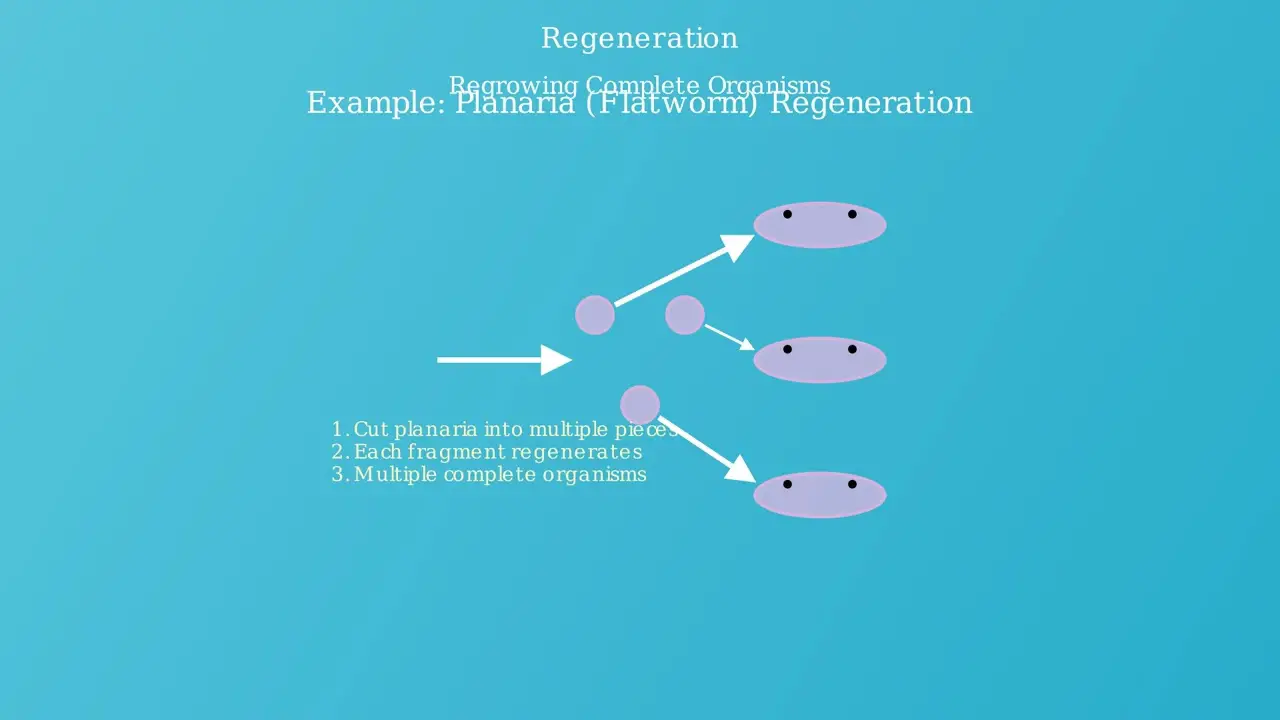

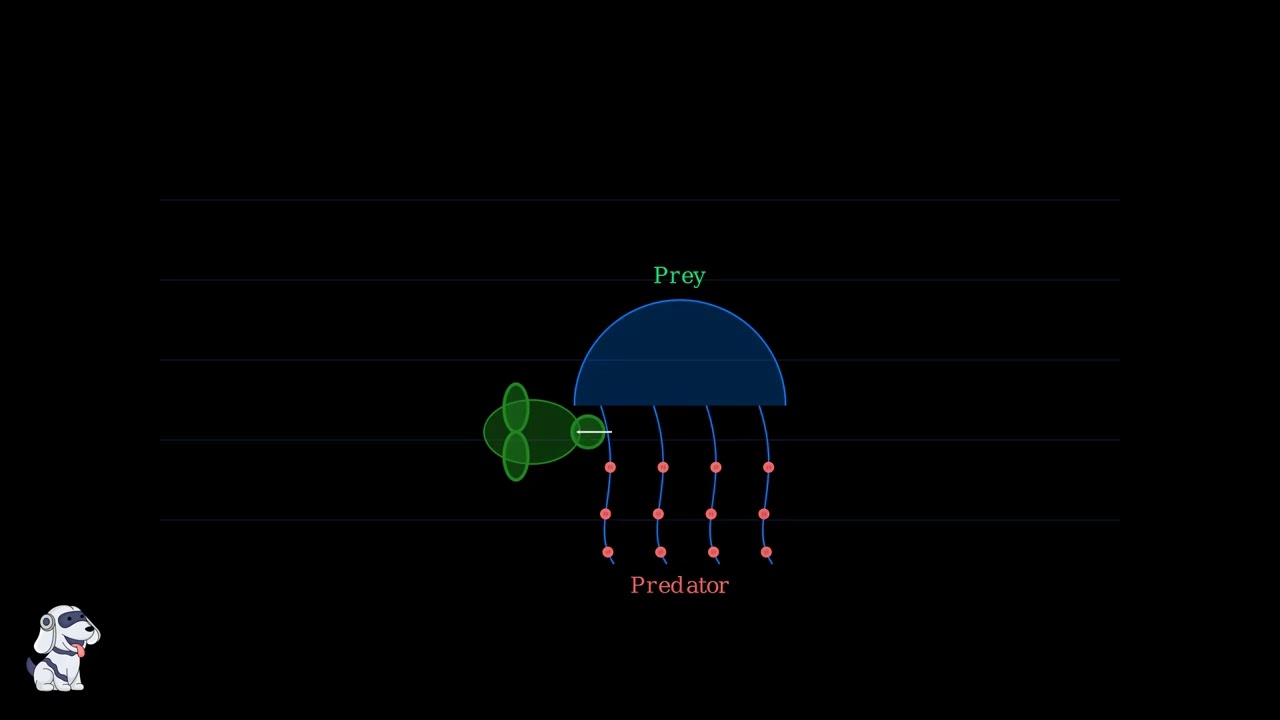
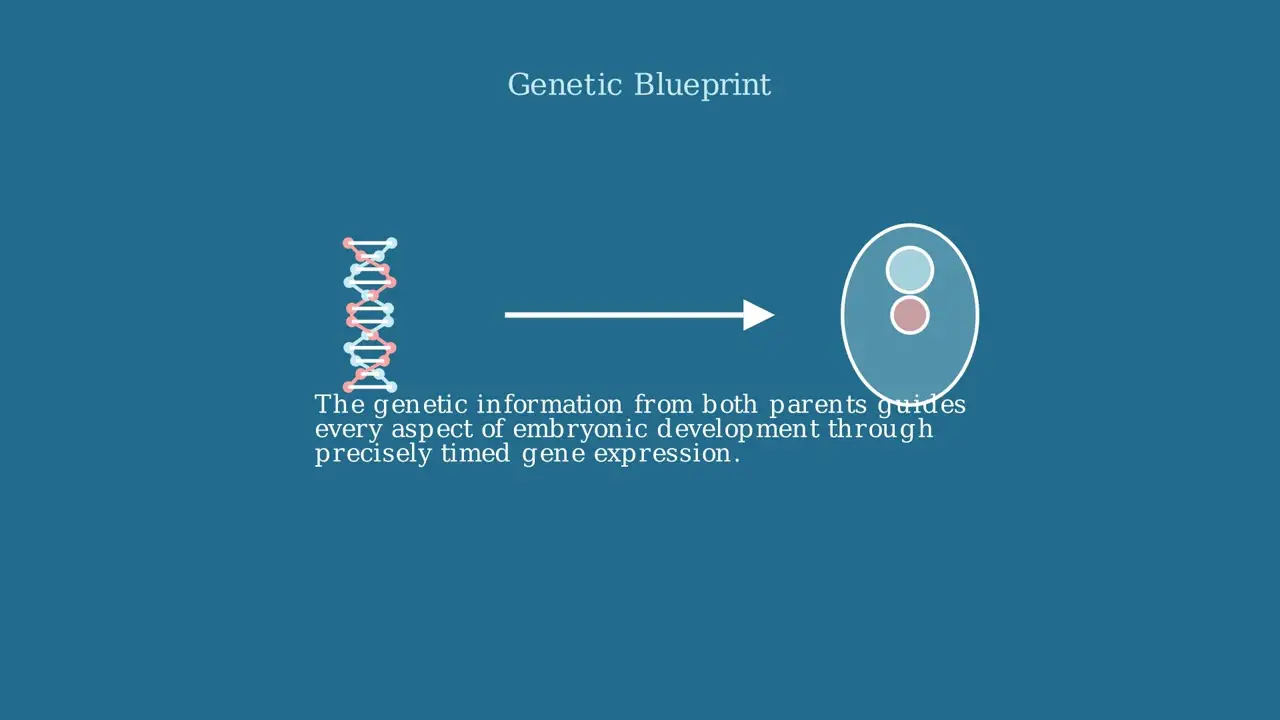
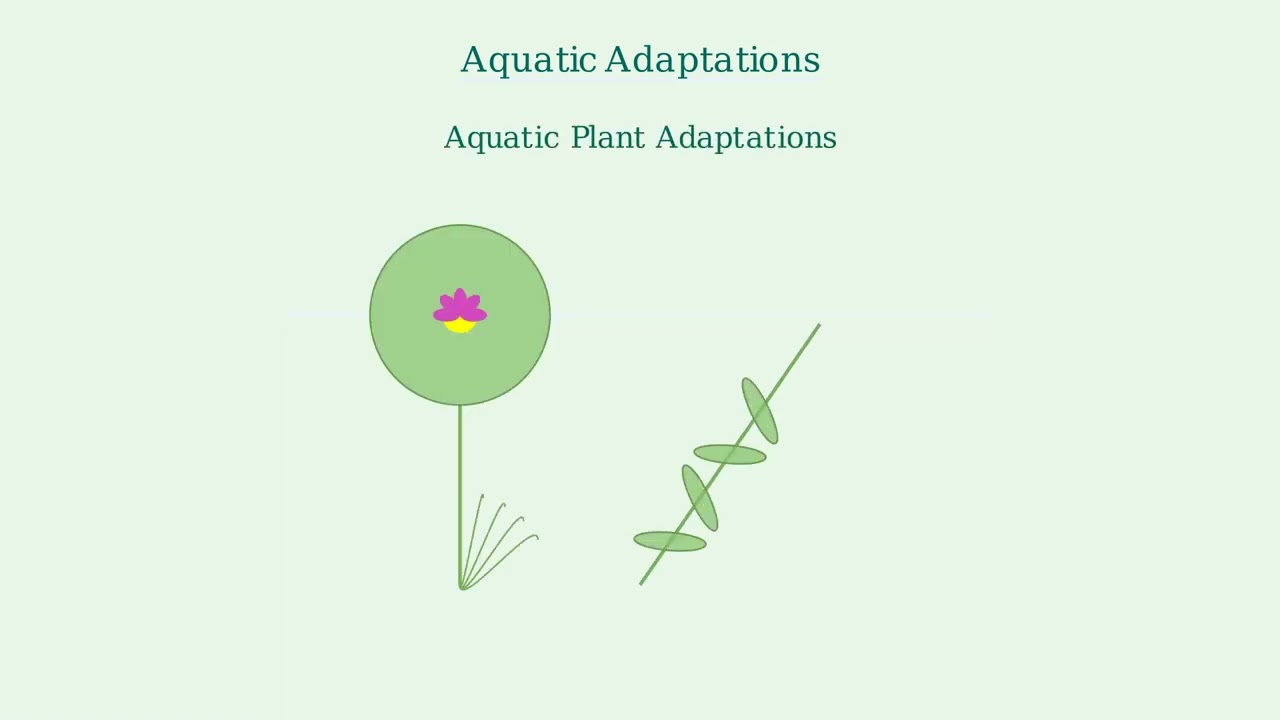
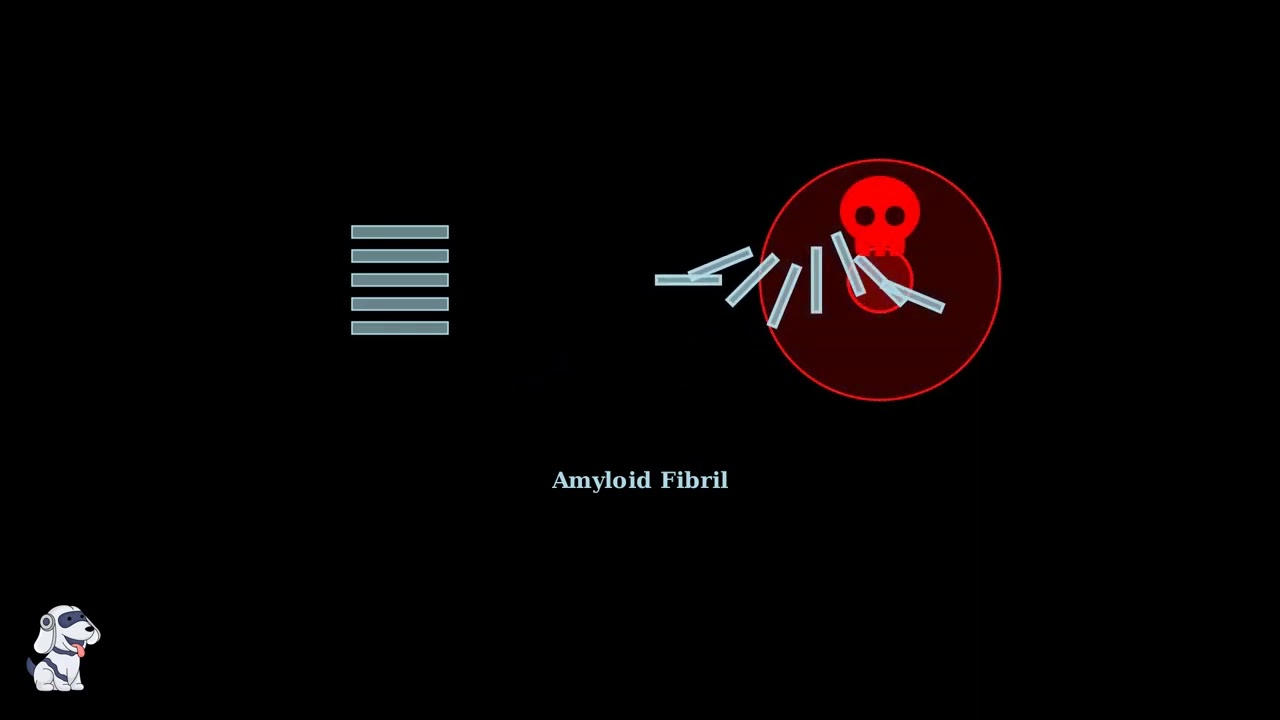
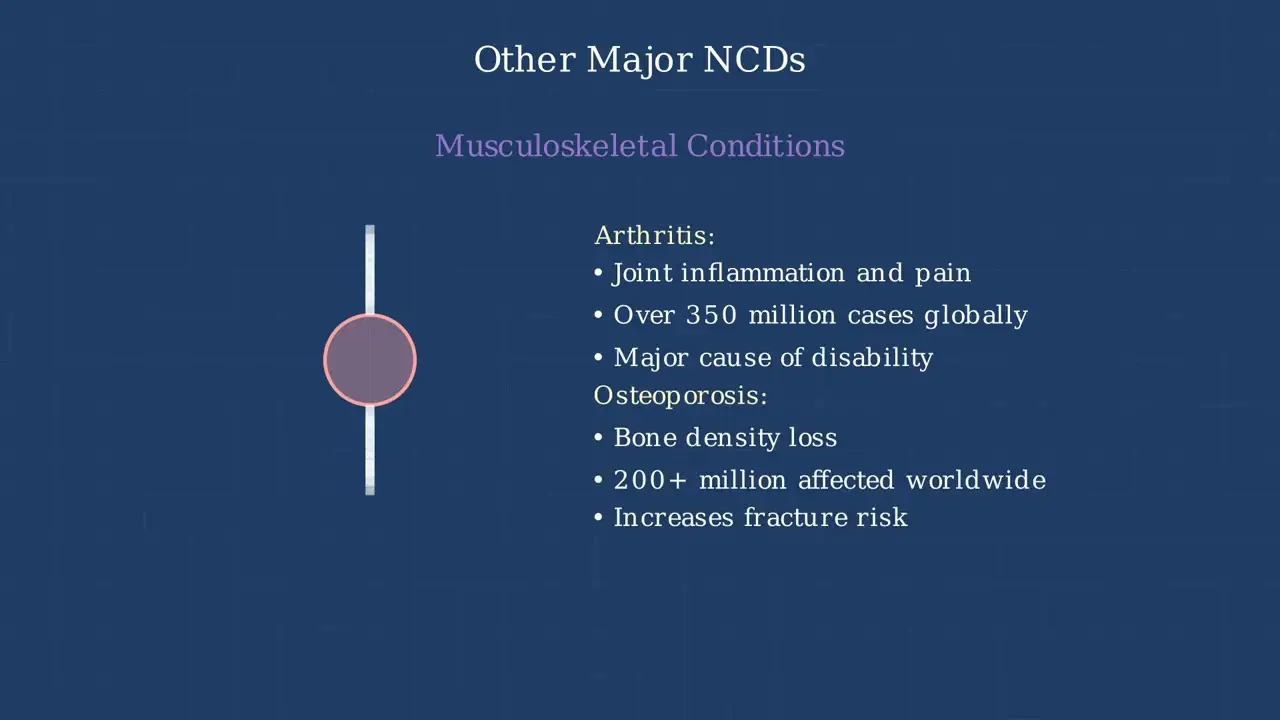
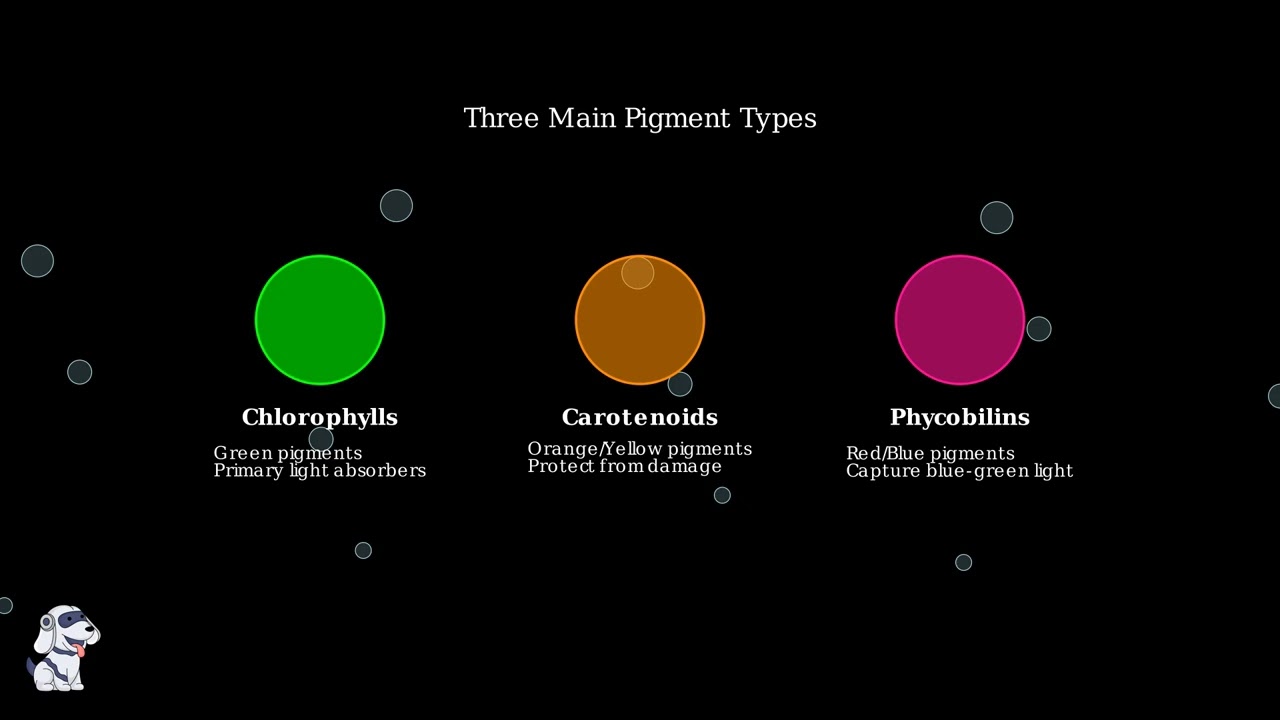
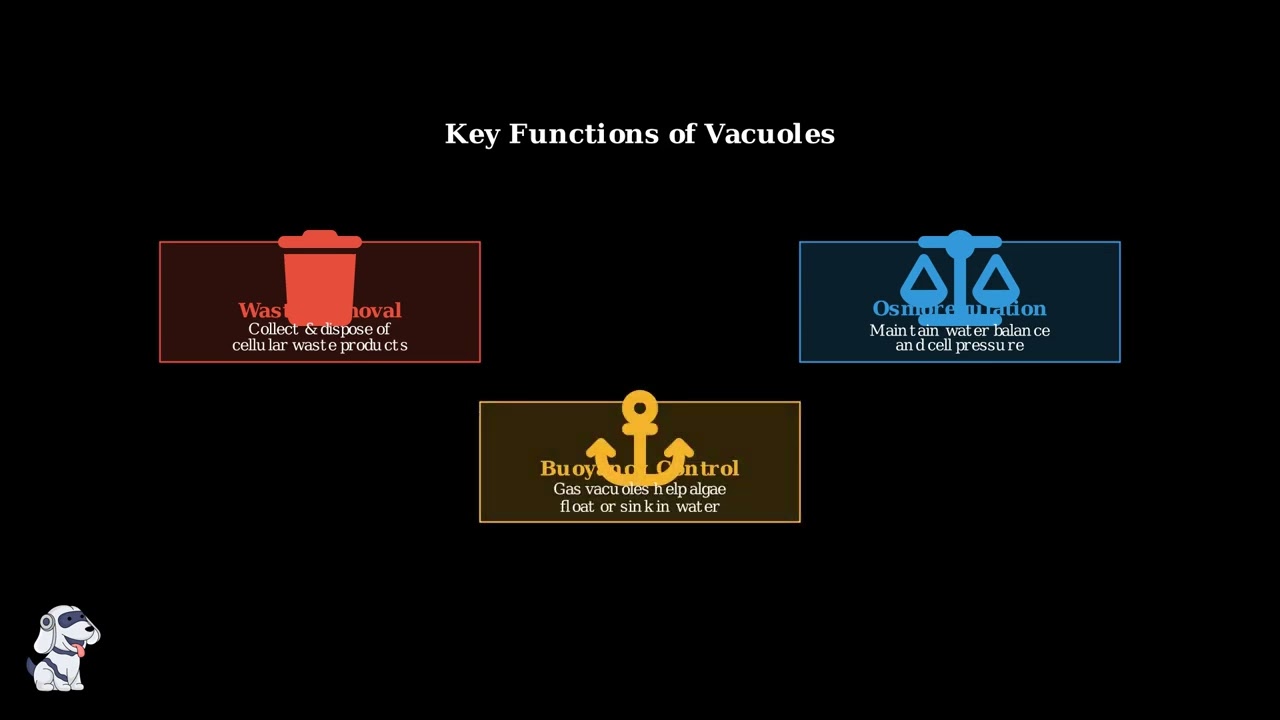
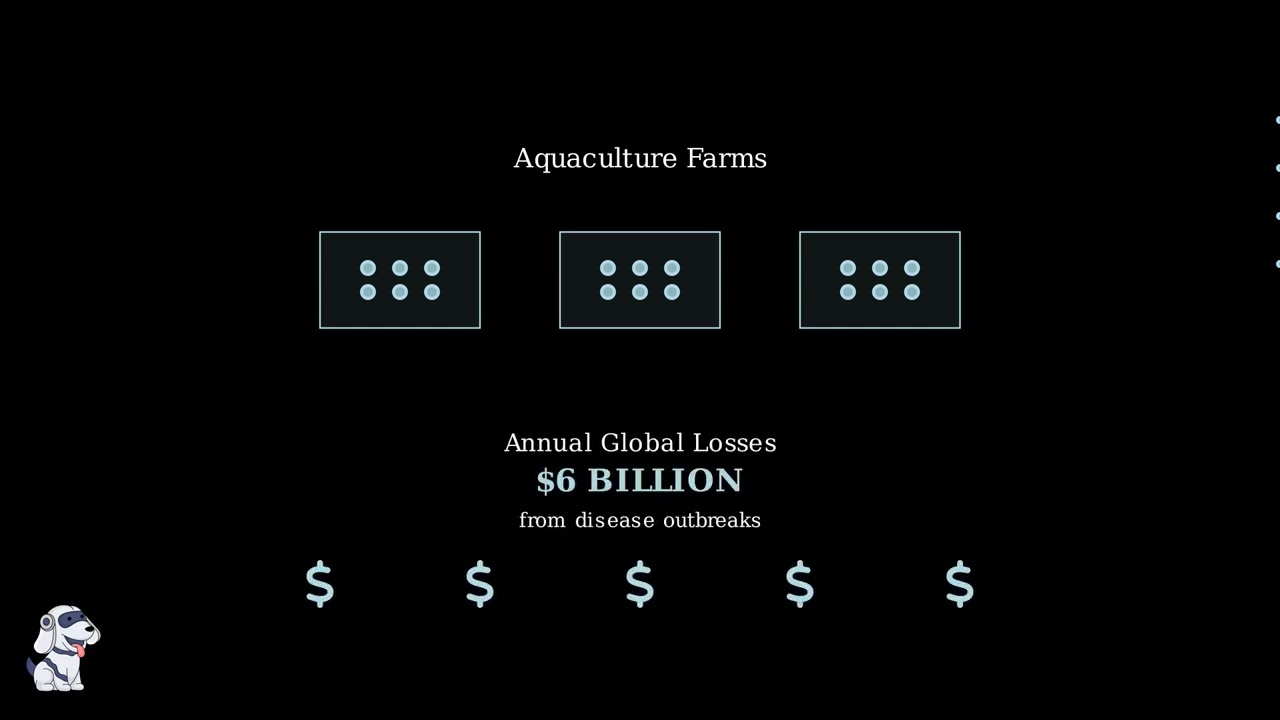
- Text Highlighting: Select any text in the post content to highlight it
- Text Annotation: Select text and add comments with annotations
- Comment Management: Edit or delete your own comments
- Highlight Management: Remove your own highlights
How to use: Simply select any text in the post content above, and you'll see annotation options. Login here or create an account to get started.